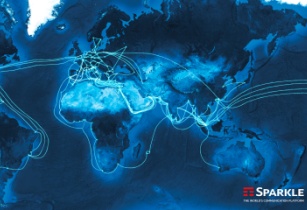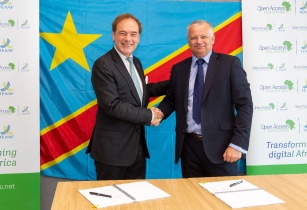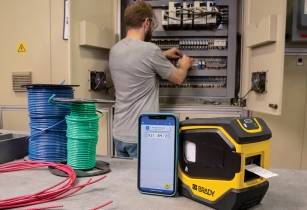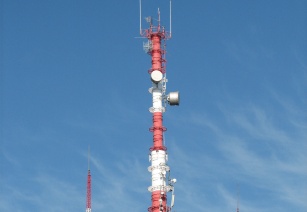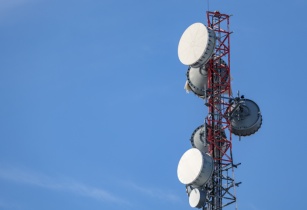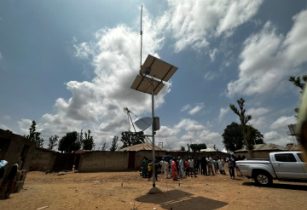Internet Solutions has unveiled its 11th African data centre, which has been designed to reduce client power costs, increase their data centre productivity and improve disaster resilience
The company said that the new data centre will also give clients greater connectivity flexibility by allowing competitor carriers to connect directly into the data centre.
Known as Randview, the new data centre in Randburg, South Africa, is Internet Solutions’ fourth to be built in the Gauteng area. Randview has been designed to operate without conventional air conditioning for all but the hottest time (9 per cent) of the year.
The data centre will also boast a power utilisation efficiency (PUE) of 1.4 versus the industry average of 2.5.
“Cooling is the largest item on a data centre bill, so reducing the need for compressor based air conditioning has a significant impact on a client’s data centre costs,” said Barry Hatfield, Internet Solutions business development manager for cloud solutions. “It also gives the client a buffer against electricity price increases.
“A 10 per cent increase on a monthly power bill for a server rack of, say, R1,500 (US$200) is very different from 10 per cent of R3,000 (US$400). Because our PUE is nearly half that of the average, we’ll be passing on some very substantial savings to our clients.”
Randview’s low cost cooling has been achieved by the use of three KyotoCooling cells, mechanical devices made of conductive aluminium that are six metres in diameter. Half of the wheel is exposed to outside air, and the other half to the data centre air. The cooler exterior air temperature is transferred into the building as the wheel turns.
The inside half of the wheel is sealed from the outside so that dust and other contaminants in the external atmosphere are not transferred to the interior of the data centre. Heat is extracted from the data centre interior by means of a hot isle contained exhaust system and the wheel-cooled air is delivered at volume to the racks.
“KyotoCooling has been tested and proven in many different applications in Europe and, most publicly, in Sydney Airport in Australia,” said Hatfield. “So, there’s no operational risk in using this technology in a data centre.
“More to the point, because we can use volume instead of temperature differential to cool the servers and we don’t lose efficiency through a mixture of hot and cool air over the servers, very little of the electricity we bring in to the building is being lost. Most of what we draw from Eskom is going towards powering the servers.”
In addition, Randview has a number of other innovations to differentiate it from current data centres: its cabling runs above the racks, preventing damage to the cables and facilitating maintenance and installation. This has also enabled the use of solid concrete floors, which don’t need reinforcing to be able to carry high density, heavy computing devices.
“In other words, Randview is not just about saving electricity - it’s also about being able to do more with the electricity that is available as well as with the floor and building space,” Hatfield said. “Randview is not simply more energy efficient, it’s more productive overall.”
The cost savings generated by Randview’s innovative design will make it more affordable for clients to plan for and execute on disaster resilience. Hatfield said that the focus has shifted from an exclusive emphasis on disaster recovery to high availability, ie preventing a disaster from happening.
“Much of that is achieved through redundancy and back up facilities, all of which come with a price tag,” he said. “If, however, your primary data centre is one of our existing data-centres with a DR site in Randview, the large amount of connectivity between our data centres and Randview allows us to offer a compelling value proposition.”
Randview is also carrier agnostic, enabling client organisations to use their incumbent connectivity providers to access the data centre. Hatfield said that the rationale for Randview’s design was to keep things simple, not only for Internet Solutions, but for customers.
“Being carrier agnostic provides customers with service and flexibility at prices they won’t find anywhere else,” he said.









